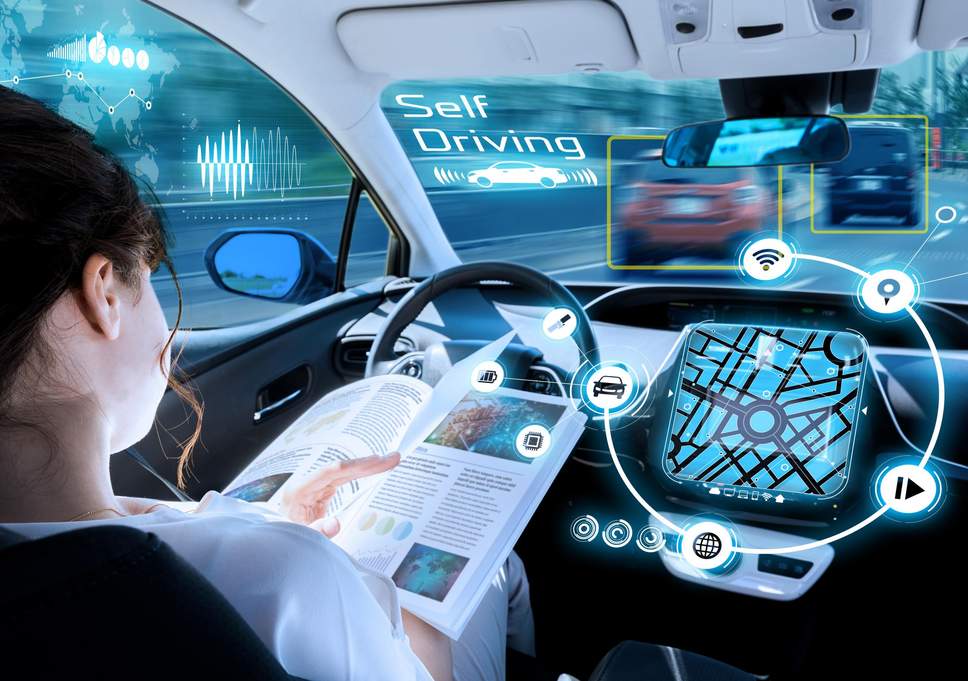How liable should driverless-car companies be for accidents?
无人驾驶汽车公司对事故应负多大责任?
By Mark Geistfeld
文/马克·盖斯菲尔德
There is a paradox in the ascension of autonomous vehicles (AVs).
自动驾驶车辆(AVs)的崛起存在着一个悖论。
By eliminating the human driver, AVs can greatly reduce the number of crashes.
通过淘汰人工驾驶,自动驾驶汽车可以大大降低交通事故的发生率。
But to reach this level of performance, driverless cars will first kill some of us.
但要达到这种性能水平,无人驾驶汽车会先要了我们部分驾驶员的性命。
In fact, they must be allowed to do so.
事实上,我们也必须允许出现这样的情况。
As we begin to see the first deaths from crashes caused by AV testing on public roads,
随着第一批在公共道路上进行自动驾驶测试导致的车祸的发生,
we will need to balance encouraging companies to develop these technologies by not making the costs prohibitively high
如何权衡鼓励企业开发这些技术,不让成本变得过高,
and also protecting the rights of those forced into harm’s way during testing.
和保护那些被迫在测试过程中利益受到伤害的人的权利的问题也就摆在了我们的面前。

A bill pending in the U.S. Senate fails this standard.
美国参议院正在审议的一项法案不仅未能达到这一标准,
Instead, it eliminates individuals’ abilities to sue AV companies until the vehicles are governed by federal standards—likely years from now.
还裁撤了个人在这些公司受到联邦标准的监管——很可能是几年以后的事情了——之前起诉自动驾驶汽车制造公司的能力。
There is a better model: the National Childhood Vaccine Injury Act of 1986,
其实,自动驾驶还有一个更好的榜样:1986年的《国家儿童疫苗伤害法案》,
which compensates (through a tax on vaccines) those injured, who in exchange waive their tort rights.
该法案(通过对疫苗征税)对那些利益受损的人群予以补偿,作为交换,这些人要放弃他们为自己的权利受到侵犯申诉的机会。
The streamlined process reduces litigation costs and insurance premiums for manufacturers while protecting people.
简化后的流程不仅能保护了大家,还能降低制造商的诉讼成本和保险费。
It proves we can encourage the development of a lifesaving tech without devaluing the well-being of those risking their lives to help make that better world a reality.
也证明了我们可以在不损害那些冒着生命危险帮助建设美好世界的人的福祉的情况下,鼓励开发能够挽救生命的技术。
译文由可可原创,仅供学习交流使用,未经许可请勿转载。



